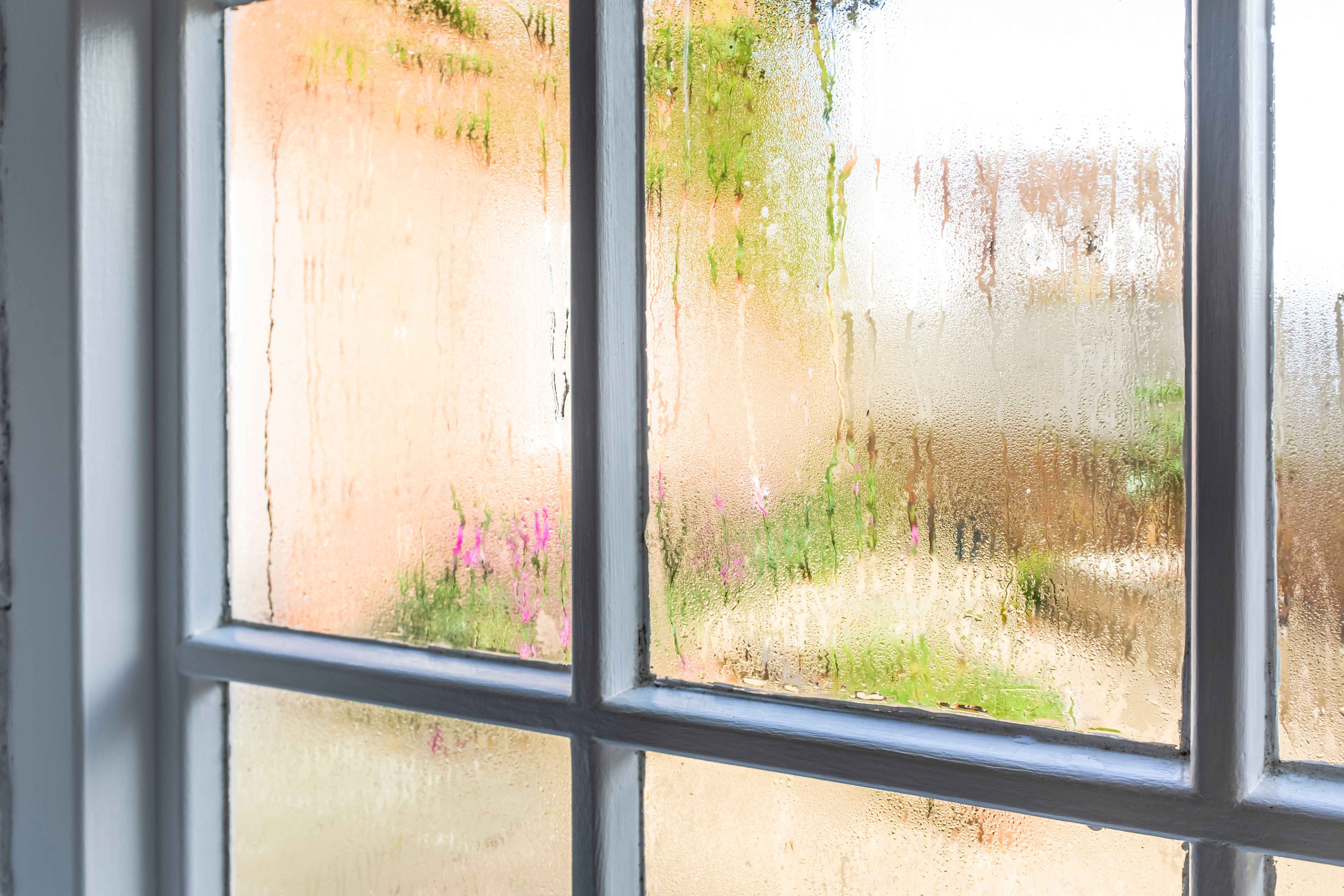Caprock Design + Build Blogs
Buildwise Journal
Caprock Design + Build Blogs
Buildwise Journal

The Importance of Indoor Air Quality in High-Performance Homes
Air quality is something that we often take for granted as homeowners and often overlook as homebuilders. But indoor air quality can have a significant impact on the residents’ health, the home’s energy efficiency, and the property’s value.
In this blog, we’re going to explore the fundamental importance of maintaining superior indoor air quality (IAQ) in the context of modern, energy-efficient homes.
Join us as we uncover why IAQ is a cornerstone of high-performance home design, how it directly influences the health and well-being of occupants, and how to ensure each home you build contains the highest IAQ possible.

What Constitutes Superior Indoor Air Quality?
Indoor air quality refers to the condition of the air inside a building, including its cleanliness, temperature, humidity, and the presence of pollutants. To determine a home’s air quality, builders evaluate the amount of fine particulate matter (PM2.5) in the air.
Particulate matter is 30 times smaller than the diameter of a single strand of human hair. Despite its tiny size, it can wreak havoc on homeowners’ health and can even be seen by the human eye when the particles are dark enough.
A number of things can impact a home’s indoor air quality, some of which will be easier for you to control as a homebuilder than others. These can include:
Water droplets
Tiny pieces of dirt
Allergens from pets or tracked indoors from the outside
Mold
Outdoor air contaminants
Tobacco smoke
Broiling or frying food
Burning candles or oil lamps
Fireplaces
Fuel-burning space heaters
In high-performance homes, where airtight construction and energy-efficient systems are prioritized, maintaining optimal IAQ is essential to ensure a healthy and comfortable indoor environment. The recommended PM2.5 level for high-performance homes is below 5 milligrams.

The Impact of Indoor Air Quality on Health
Both short and long-term exposure to poor indoor air quality can impact your health. As a result, maintaining a superior IAQ helps protect not only the future homeowner but also anyone working in the building.
Here are the many ways poor indoor air quality can affect your health.
Respiratory Health
Poor IAQ can exacerbate respiratory issues such as asthma, allergies, and respiratory infections, leading to discomfort and reduced quality of life for occupants.
Household air pollution can even impact developing babies’ lung health and put them at an increased risk of pneumonia during the first year of life.
Cardiovascular Health
Indoor air pollutants, such as volatile organic compounds (VOCs) and particulate matter, have been linked to cardiovascular problems and increased risk of heart disease.
One study found short-term exposure to poor IAQ is linked to increased blood platelets, which are shown to increase your risk of blood clots and raise your blood pressure.

Neurological & Cognitive Health
Exposure to indoor air pollutants can impact cognitive function, mood, and overall mental well-being, particularly in children and vulnerable populations. Particulate matter, allergens, nitrogen oxides, endotoxins, and mold are associated with:
Impaired neurocognitive development in babies and children
Higher rates of cognitive decline
Increased risk of dementia
Depression and suicidal ideation
Long-Term Health Risks
Chronic exposure to indoor air pollutants may contribute to the development of long-term health conditions, including respiratory diseases, lung cancer, and neurological disorders. It is especially damaging to children, elderly individuals, and those whose immune systems may be compromised due to existing health issues.

The Impact of Indoor Air Quality on a Home’s Value
Improving your home's IAQ doesn’t just protect the health of everyone inside it. It also can impact the financial value of the property. Air quality improvements result in higher house prices, as homes with cleaner air environments are bought and sold at higher prices than comparable homes that are less regulated and more polluted.
Maintaining a superb IAQ can also save you money on energy expenses by ensuring efficient airflow and reducing dependency on heating and air conditioning units.
Key Factors Influencing Indoor Air Quality in High-Performance Homes
1. Ventilation Systems
Proper ventilation is critical to ensure adequate air exchange and minimize the buildup of indoor air pollutants. High-performance homes often utilize mechanical ventilation systems such as energy recovery ventilators (ERVs) or heat recovery ventilators (HRVs) to maintain optimal IAQ while conserving energy.
2. Air Filtration
Advanced air filtration systems, including HEPA filters and electrostatic precipitators, help capture airborne particles and contaminants, enhancing indoor air quality and reducing health risks. Air purifiers, which use UV light to kill bacteria and viruses in the air, are another option homeowners can take advantage of.

3. Humidity Control
Maintaining optimal humidity levels is essential to prevent mold and mildew growth, reduce allergen proliferation, and promote occupant comfort and well-being.
In areas like the Texas Panhandle, where humidity is low, all you might need to control moisture levels in the air is a proper ventilation system, an airtight building envelope, and moisture-resistant features in the bathrooms. However, regions prone to high humidity may need to utilize dehumidifiers and additional insulation to reduce moisture levels indoors.
4. Material Selection
Choosing low-emission building materials, finishes, and furnishings can help minimize indoor air pollutants and create a healthier living environment for occupants.
One common cause of air pollution is traditional paint, adhesives, solvents, polishes, and carpets made with volatile organic compounds (VOCs). These compounds, like formaldehyde, cling to the air and cause dozens of health problems when inhaled.
Other products to look out for include plywood, dated furniture, and press-wood products that can contain chemicals that release dangerous gases as the materials age.

Prioritize Health and Comfort When Building Your High-Performance Homes
It's clear that superior air quality is not merely a luxury but a necessity for ensuring the health, comfort, and well-being of occupants.
By implementing robust ventilation systems, advanced air filtration technologies, and mindful material selection practices, we can create homes that not only excel in energy efficiency and sustainability but also prioritize the health and happiness of those who call them home.
Join us next week as we dive deeper into strategies for optimizing indoor air quality in high-performance home design. And if you’re ready to build a healthy, beautiful home in the Texas Panhandle region that checks every box, reach out to Caprock Design + Build now.

